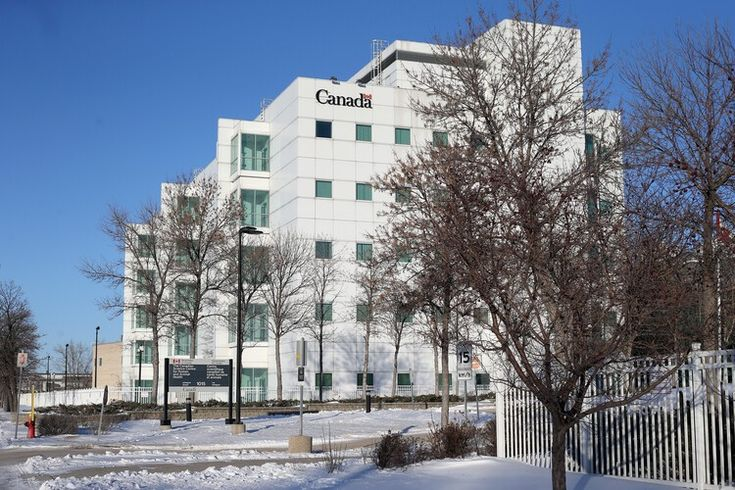What if California, Oregon, and Washington decided to leave the United States and join Canada? It’s a fascinating idea that recently made headlines, thanks to Elizabeth May, leader of Canada’s Green Party. During a press conference, May suggested that these three progressive U.S. states could become part of Canada and benefit from its universal healthcare system. While her comment was more of a hypothetical scenario than a serious proposal, it sparked a lively debate about healthcare, governance, and the growing dissatisfaction many Americans feel with their current system.
May’s suggestion wasn’t entirely out of left field. She pointed out that these states share many values with Canada, particularly on issues like climate action, gun control, and social programs. She also highlighted the frustration many residents in these states feel with U.S. policies, especially when it comes to healthcare. In the U.S., millions of people struggle with high medical costs, confusing insurance plans, and medical debt. In contrast, Canada’s publicly funded healthcare system ensures that all citizens have access to medical care without worrying about the cost. May’s remarks, though not a formal plan, resonated with many who see Canada’s system as a more equitable alternative.
But is this idea feasible? The answer is almost certainly no. Legally, U.S. states cannot simply secede and join another country. The U.S. Constitution does not provide a pathway for such a move, and it would require approval from both the federal government and the states involved. On the Canadian side, there’s no process in place to admit fully operational U.S. states into its federation. Even if there were, the logistical challenges would be immense. Integrating these states into Canada would require major changes to economic policies, healthcare systems, and trade agreements, not to mention navigating the political opposition that would arise on both sides of the border.
Despite the impracticality, May’s idea struck a chord because it tapped into a deeper conversation about political discontent and national identity. For many Americans, particularly in progressive states, the idea of aligning with a country like Canada—known for its universal healthcare, stricter gun laws, and climate initiatives—is appealing. These states have often clashed with federal policies, enacting their own progressive measures on issues like environmental protection and healthcare. Movements like “Calexit,” which proposed California’s secession from the U.S., have also gained traction in recent years, reflecting a broader sense of frustration with the federal government.
At the heart of the matter is healthcare. Canada’s system, funded by taxpayers, ensures that all residents have access to necessary medical care without worrying about costs. In contrast, the U.S. system relies heavily on private insurance, leaving millions uninsured or burdened by medical debt. While Canada’s system isn’t perfect—long wait times for non-emergency procedures are a common complaint—the majority of Canadians support it and view healthcare as a fundamental right. In the U.S., the debate over healthcare reform has been ongoing for decades, with proposals ranging from expanding Medicaid to adopting a single-payer system. Yet, political gridlock and the influence of private insurers have stalled significant progress.
May’s comments, though lighthearted, underscore a serious issue: the growing demand for a more equitable healthcare system in the U.S. While redrawing national borders isn’t a realistic solution, the conversation her idea sparked is worth paying attention to. It reflects a desire among many Americans for policies that prioritize their well-being, from healthcare to gun control to climate action. The challenge for U.S. leaders is to address these concerns and create a system where people don’t feel the need to look abroad for better governance and healthcare. Whether through state-level reforms or federal policy changes, the goal should be to build a society that meets the needs of its citizens—no border shifts required.


